Mozambique: 'Clear indications' terrorists have left Niassa - ANAC | Watch
Mozambique: Largest buffalo translocation in country’s history gets underway – photos
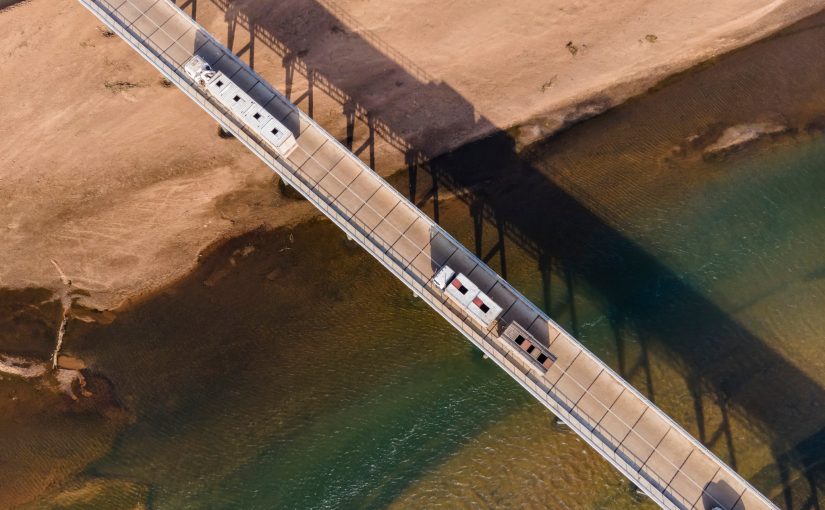
The operation takes a 26-hour journey by truck. [All photos: ANAC]
- This is the largest buffalo translocation in the country’s history
Gilé National Park (PNG) in Zambézia on Saturday received 48 of the 200 buffaloes due to be translocated from Marromeu National Reserve in Sofala.
The arrival operation was witnessed by the Secretary of State for Zambézia, Cristina Mafumo, who said she hoped that the arrival of the animals would attract tourists to the PNG and the province generally.
“It is a great challenge for Gilé National Park, taking into account the objectives that we aim to achieve, which is to boost tourism in our province, but to welcome our tourists to come and see the animals, thus contributing to our economic development process, and raise the prestige of our province through tourism,” Mafumo said.
“This process is part of the rehabilitation program of the national network of ecosystem conservation areas,” the Director General of National Administration of Conservation Areas (ANAC), Pejul Calenga, added. “In the specific case of PNG, ANAC began in 2022 where we had the opportunity to translocate some buffalo, zebra and oxen.”
The ANAC, in coordination with the technical assistance partner Fondation François Sommer (FFS – IGF) and the European Union through the PROMOVE Biodiversidade Programme managed by the Foundation for Biodiversity Conservation (BIOFUND), will, over a period of 15 days from 7 August, 2024, translocate 200 buffaloes from the Marromeu National Reserve to the Gilé National Park in Pebane and Gilé districts, Zambézia province.
For ANAC director general Pejul Calenga, the animal translocation operations represent a historic milestone for the national network of conservation areas.
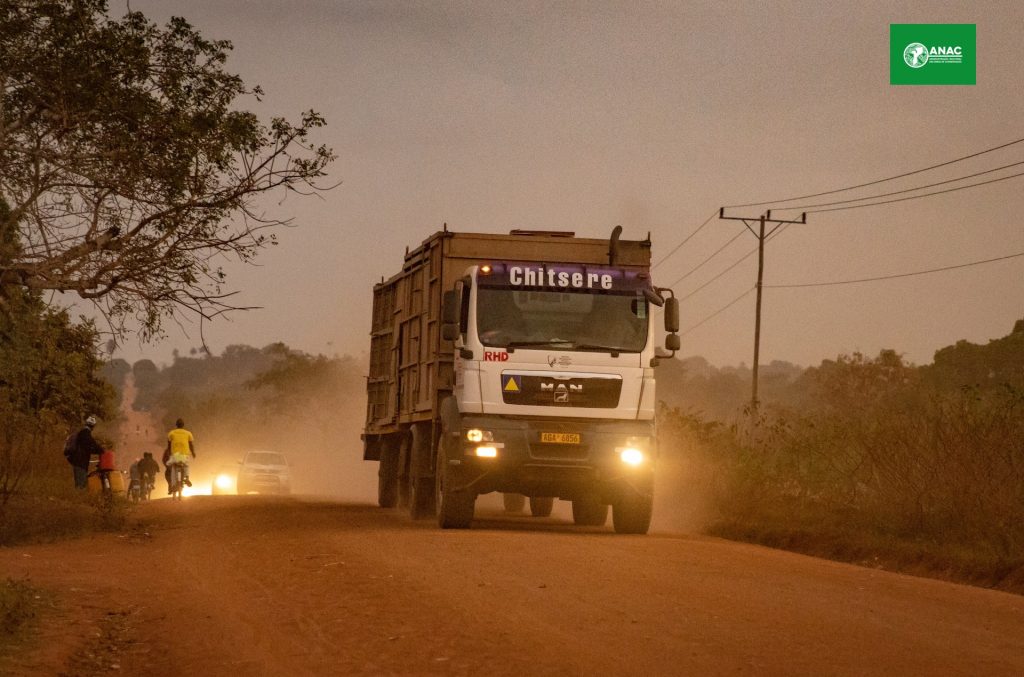
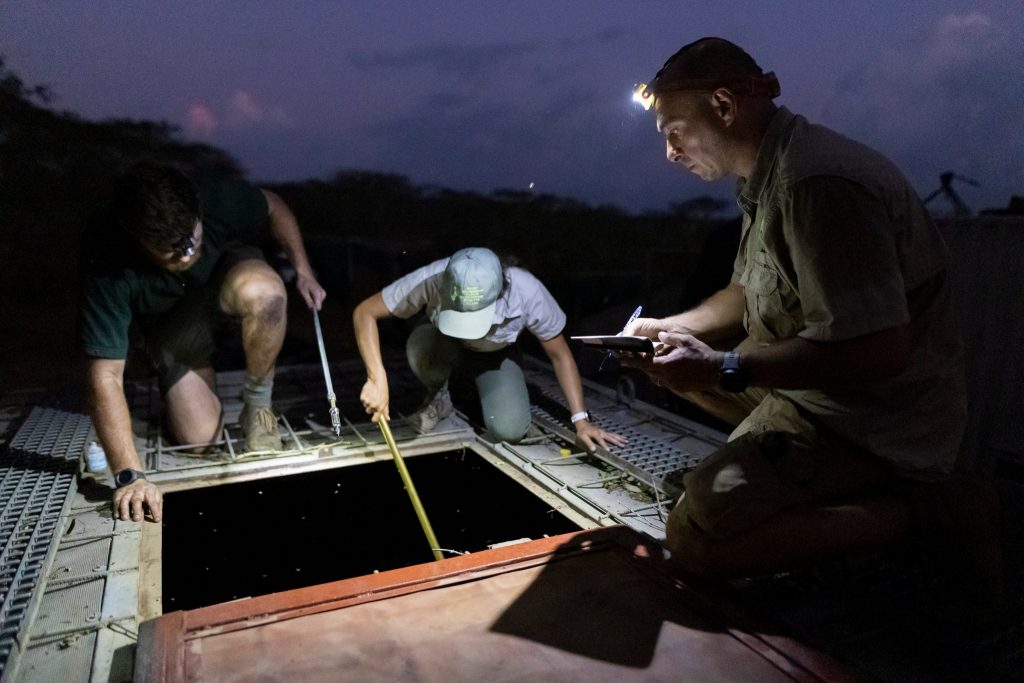
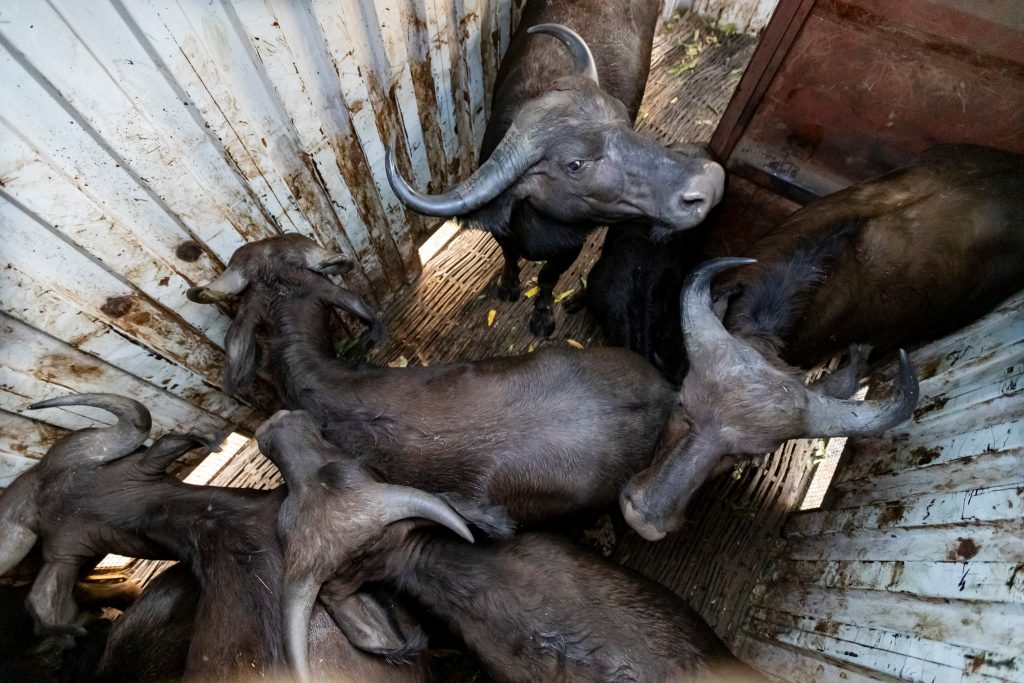
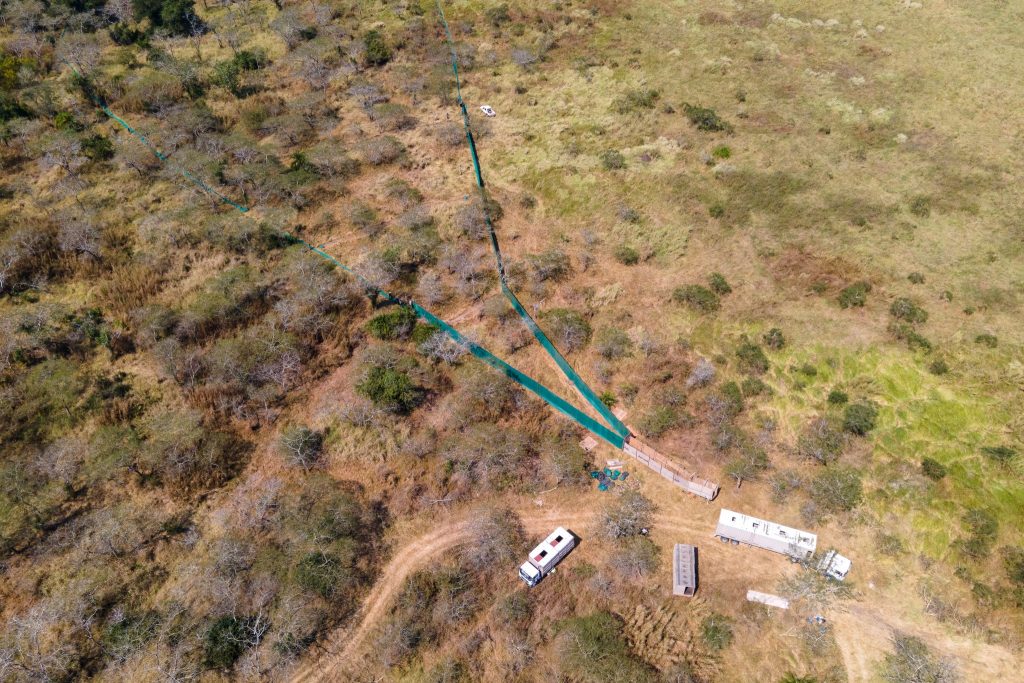
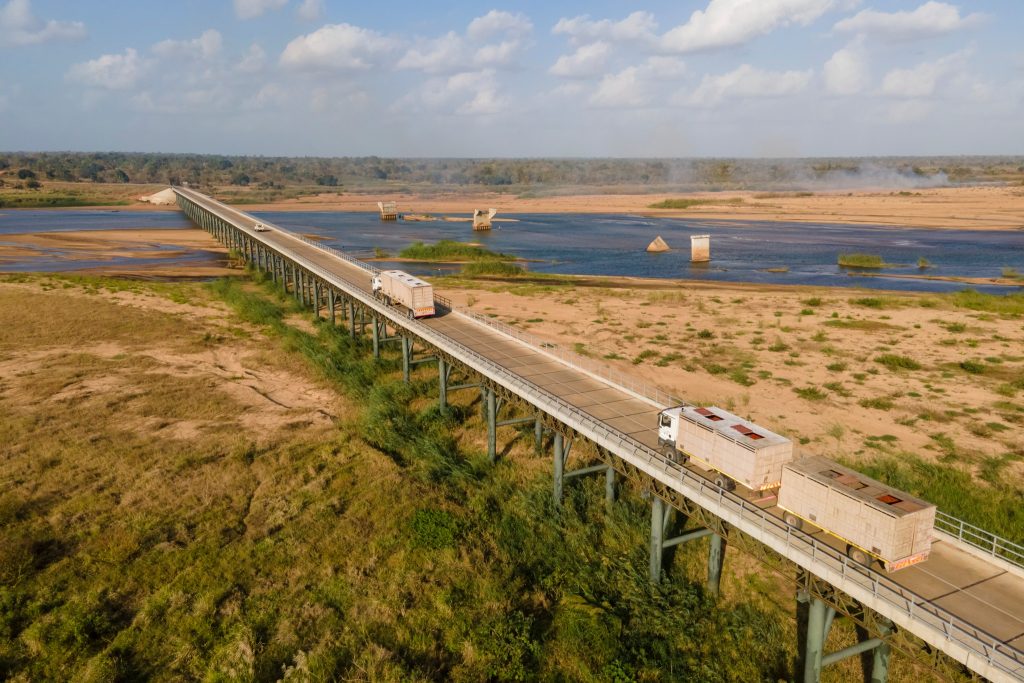
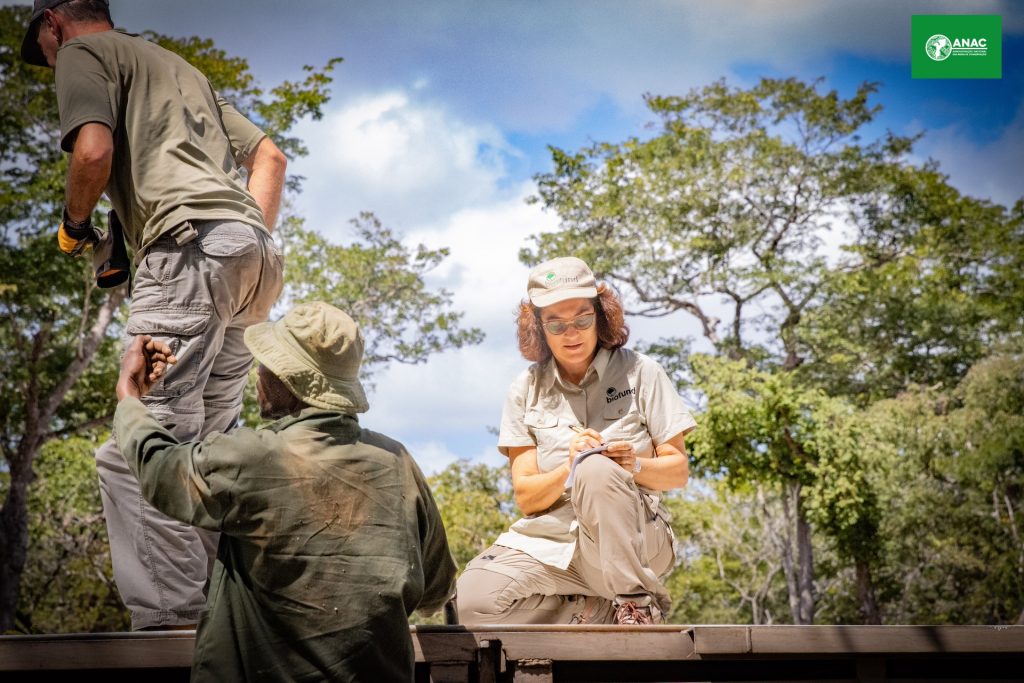
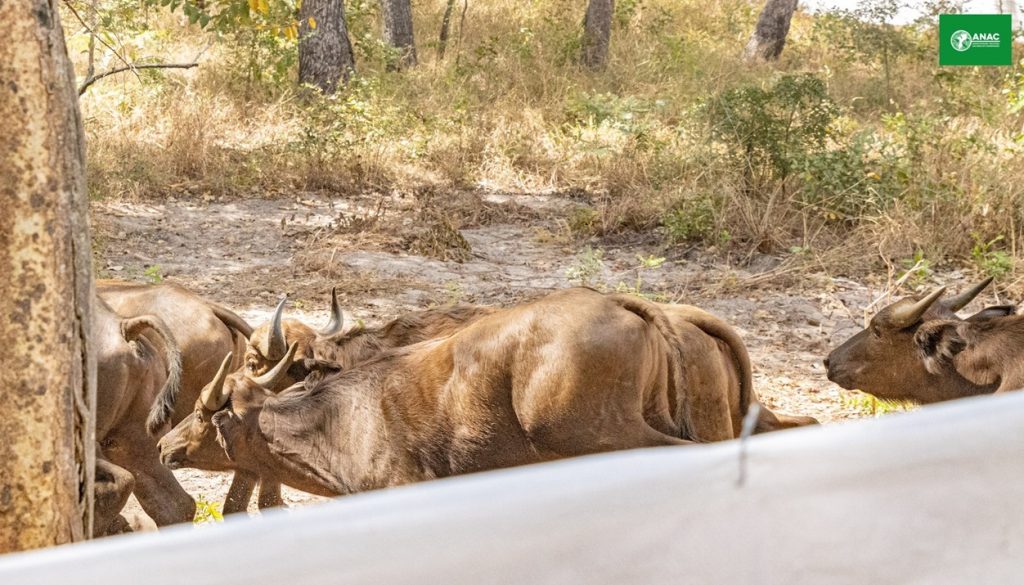
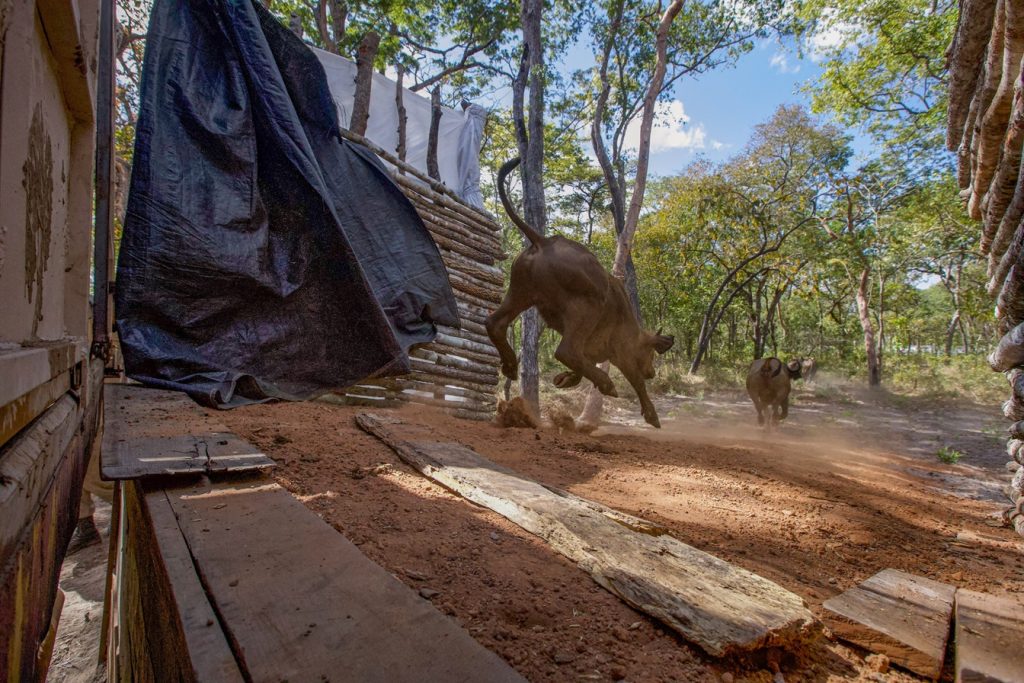
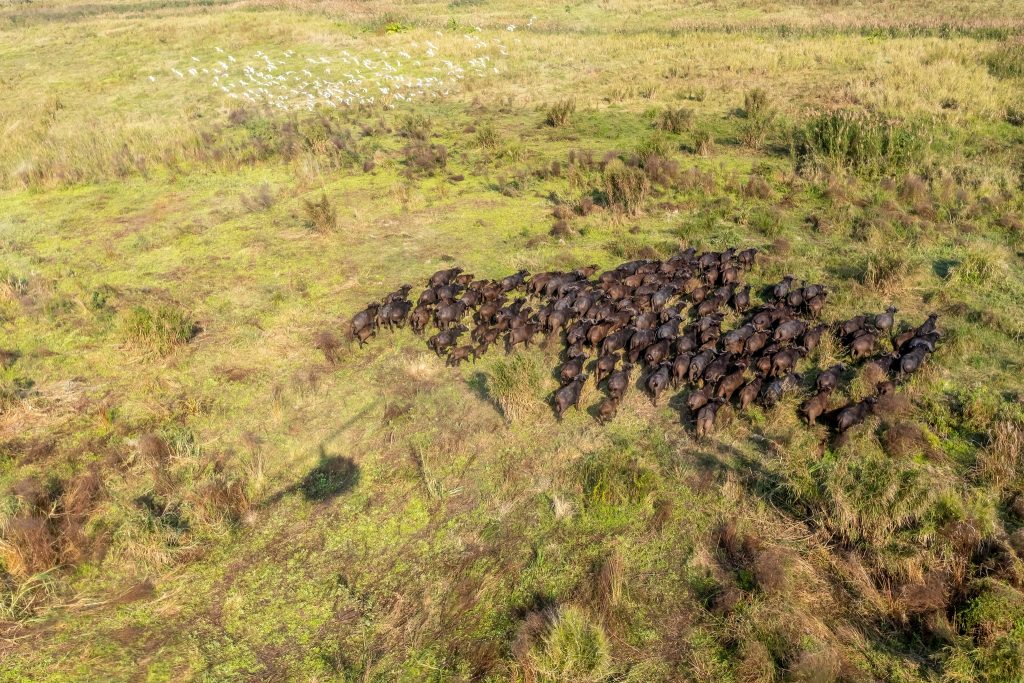
The Gilé National Park is managed within the scope of the Collaborative Management Partnerships between the Government of Mozambique, represented by the National Administration of Conservation Areas (ANAC) and the Fondation François Sommer (FFS – IGF), a non-profit public benefit organisation established in 1966.
Gilé National Park, previously a National Reserve, was one of three conservation areas re-categorised by the Council of Ministers in 2020, in an approach aimed at classifying conservation areas within the legal framework in force, taking into account that Law number 16/2014 of 20 June, amended and republished by Law number 5/2017 of 5 May, revoked the category of National Reserve.
The process of re-categorizing Conservation Areas aimed to classify conservation areas in a rational and sustainable way into categories that reflect their reality, taking into account their stage of preservation, integrity and management, in terms of management of natural resources and existing habitats and ecosystems. The Gilé National Park thus saw its conservation status raised to full conservation area.
In Gilé National Park, large animals such as elephants and buffaloes can be seen in the savannah and miombo forest. Its proximity to the beaches of Pebane and Moebase, Gurué and Mozambique Island make the park a must-see for those seeking an encounter with nature. The dense miombo forests, plains and riverside vegetation, home to hundreds of species of birds, reptiles and amphibians, the hot springs and the distinctive Monte Pope, bring the landscape of the park to life. For the enjoyment of its guests, the park offers a tourist camp on the banks of the Lice River.
You can reach Gilé National Park by road from Quelimane or Nampula cities – travel by 4×4 is recommended. Gilé National Park is located approximately 492 km from the city of Quelimane and 334 km from Mocuba district.




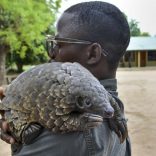








Leave a Reply
Be the First to Comment!
You must be logged in to post a comment.
You must be logged in to post a comment.